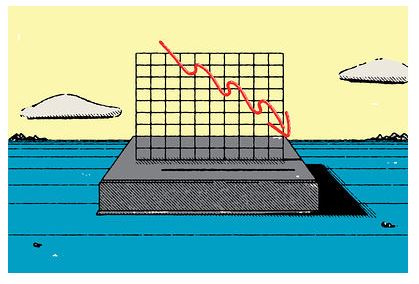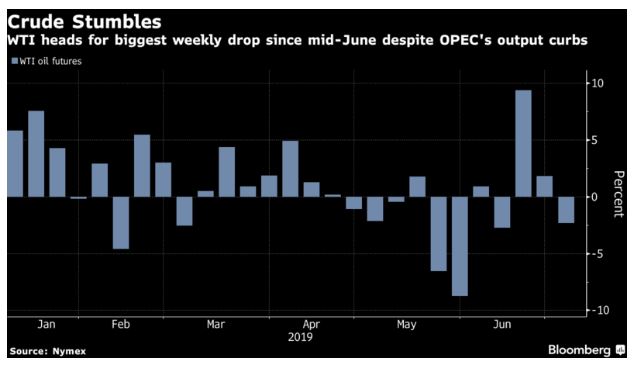How Much Is Too Much?
What’s in Today’s Report:
- How Much Is Too Much?
- Weekly Economic Outlook
S&P futures are modestly higher this morning while overseas markets were little changed overnight as mixed economic data was digested ahead of a busy week of earnings.
Chinese GDP slowing to 6.2% vs. (E) 6.3% initially caught investors’ attention but Fixed Asset Investment, Industrial Production, and Retail Sales all solidly beat expectations, helping Chinese shares recover 1.5%+ to close with a modest gain.
Looking into today’s session, there is one economic report to watch: Empire State Manufacturing Survey (E: 0.5) and one Fed official is scheduled to speak: Williams (8:50 a.m. ET).
Meanwhile, market focus is shifting to earnings as the Q2 reporting season gets underway this week. Today, there are just two notable reports with C (E: $1.78) ahead of the bell and JBHT (E: -$0.08) after the close.



